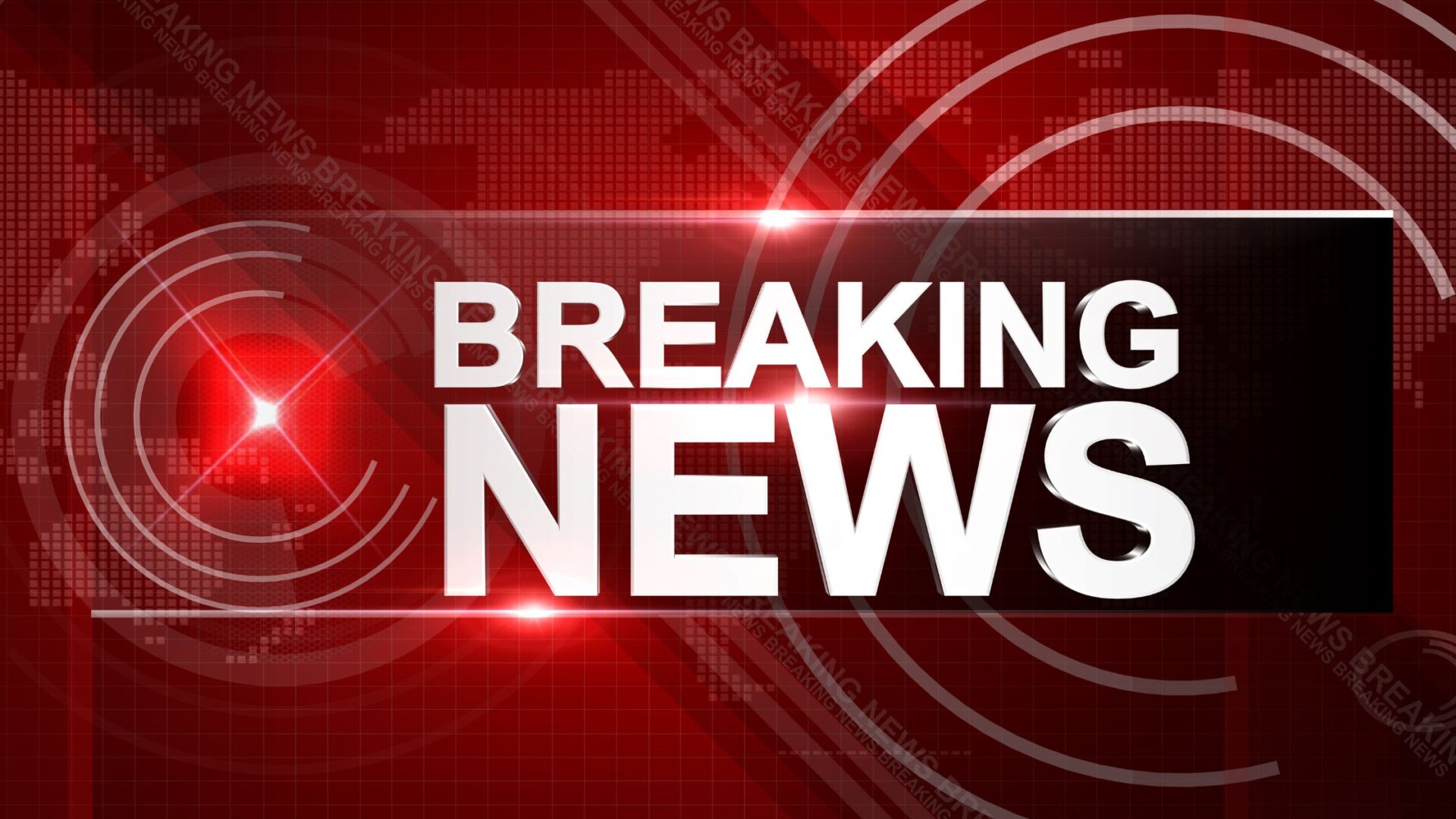Russia’s Dual Disaster: Shiveluch Volcano Eruption Followed by Magnitude 7 Earthquake
Russia experienced a dramatic series of natural events recently when the Shiveluch volcano erupted, followed just hours later by a powerful magnitude 7 earthquake. These events have captured global attention, with concerns ranging from potential air travel disruptions to the safety of local residents. Let’s dive into the details of what happened, the potential impact, and the fascinating background of these natural occurrences.
The Shiveluch Volcano Eruption: A Towering Column of Ash
On Saturday, the Shiveluch volcano, located on Russia’s Kamchatka Peninsula, erupted at 11:45 a.m. UTC. The eruption was nothing short of spectacular, sending a massive column of ash 32,800 feet into the air. This is almost as high as commercial airliners typically fly, which is why the eruption posed a potential threat to international flights and low-flying aircraft. The United States Geological Survey (USGS) was quick to report the event, highlighting the possible implications for air travel.
Shiveluch is one of Kamchatka’s largest and most active volcanoes, with a history of eruptions dating back over 10,000 years. The volcano is part of the Pacific “Ring of Fire,” a region known for its frequent earthquakes and volcanic activity due to the movement of tectonic plates. Shiveluch has had numerous eruptions in the past, with one of the most significant occurring in 1964, when it produced a similarly large ash plume and pyroclastic flows, which are fast-moving currents of hot gas and volcanic matter.
The village of Ust-Kamchatsk, situated on the eastern shore of the Kamchatka Peninsula, was directly affected by the eruption. By Sunday, the village was blanketed in a layer of ash, turning the landscape into a scene reminiscent of a winter snowfall, but far more dangerous. Ashfall from volcanoes can cause respiratory problems, contaminate water supplies, and damage machinery, which is why a hazard warning was issued for the area.
The Earthquake: A Magnitude 7 Shockwave
Just hours after the volcanic eruption, at 7:10 p.m. UTC, a magnitude 7 earthquake struck near Petropavlovsk-Kamchatsky, a city located about 280 miles from Shiveluch. Earthquakes of this magnitude are considered major, capable of causing significant damage in populated areas. However, in this instance, there were no immediate reports of major damage, although buildings in the area are being inspected for structural integrity.
The earthquake also triggered a tsunami warning, which was later lifted. Tsunami warnings are a common precaution following large undersea earthquakes, as they can sometimes generate massive waves that can devastate coastal communities. Fortunately, this was not the case here.
The fault line where the earthquake occurred is known for its frequent seismic activity, with moderate to large earthquakes being relatively common. The Kamchatka Peninsula is located near the boundary of the Pacific and North American tectonic plates, a region that experiences constant movement. This tectonic activity is what drives both the volcanic eruptions and earthquakes in the area.
Are the Events Related?
Despite the timing of the events, scientists believe that the volcanic eruption and the earthquake are not directly related. According to Matt Haney, the scientist-in-charge at the Alaska Volcano Observatory, the two events likely occurred independently of each other. While volcanic eruptions can sometimes trigger earthquakes due to the movement of magma beneath the Earth’s surface, and earthquakes can sometimes trigger volcanic activity, there is no evidence to suggest a direct connection in this case.
Conclusion
The recent events in Russia serve as a reminder of the powerful forces at work beneath the Earth’s surface. The Shiveluch volcano eruption and the magnitude 7 earthquake are both dramatic examples of the natural processes that shape our planet. While these events can be terrifying and cause significant disruption, they also offer valuable opportunities for scientists to study and understand the dynamics of Earth’s geology.
For those living in or traveling to areas near active volcanoes or earthquake-prone regions, it’s essential to stay informed and be prepared for potential emergencies. As always, the work of agencies like the USGS and local authorities is crucial in monitoring these natural hazards and ensuring public safety.
Stay tuned for updates as scientists continue to analyze these events and their implications for the region and the world.

